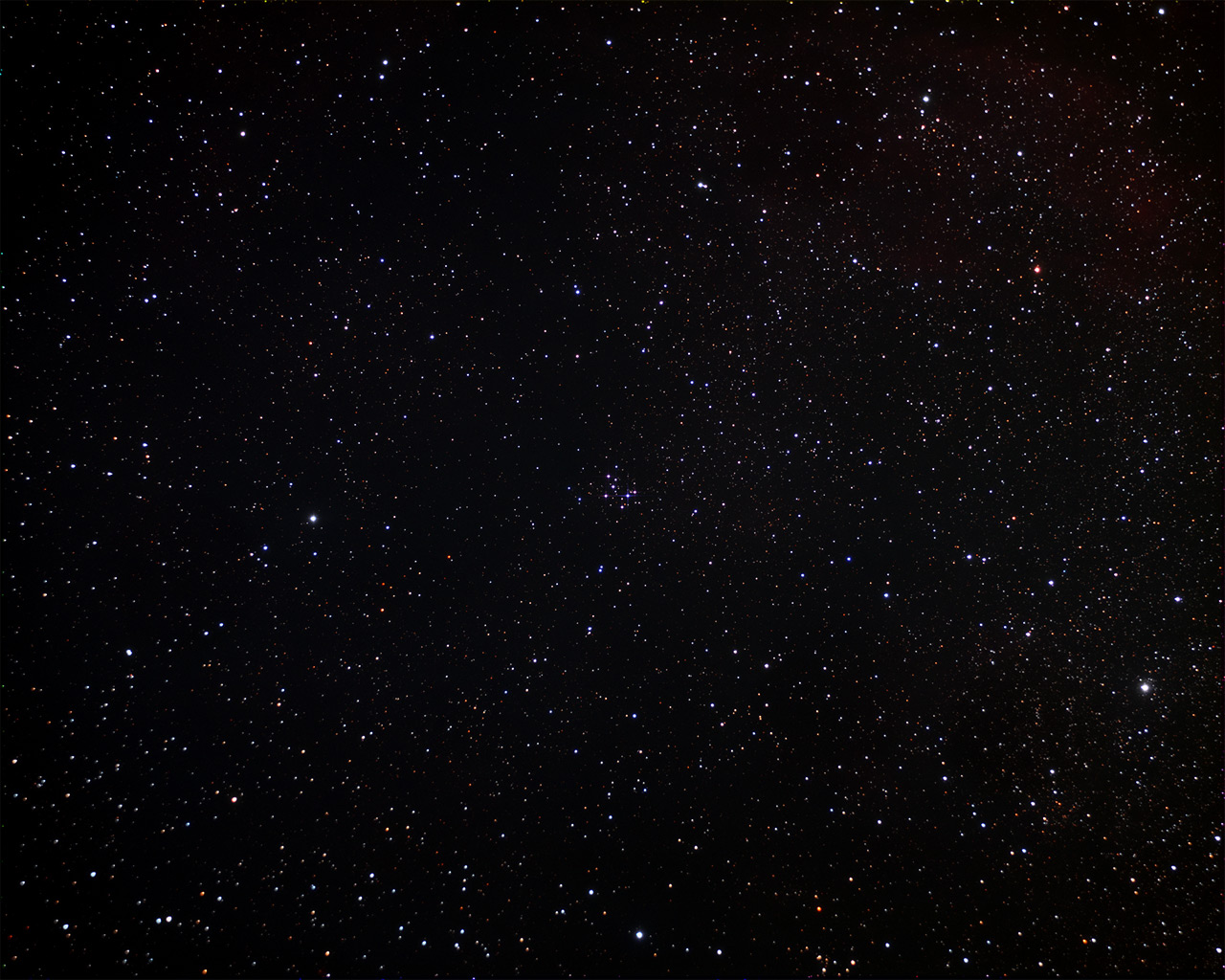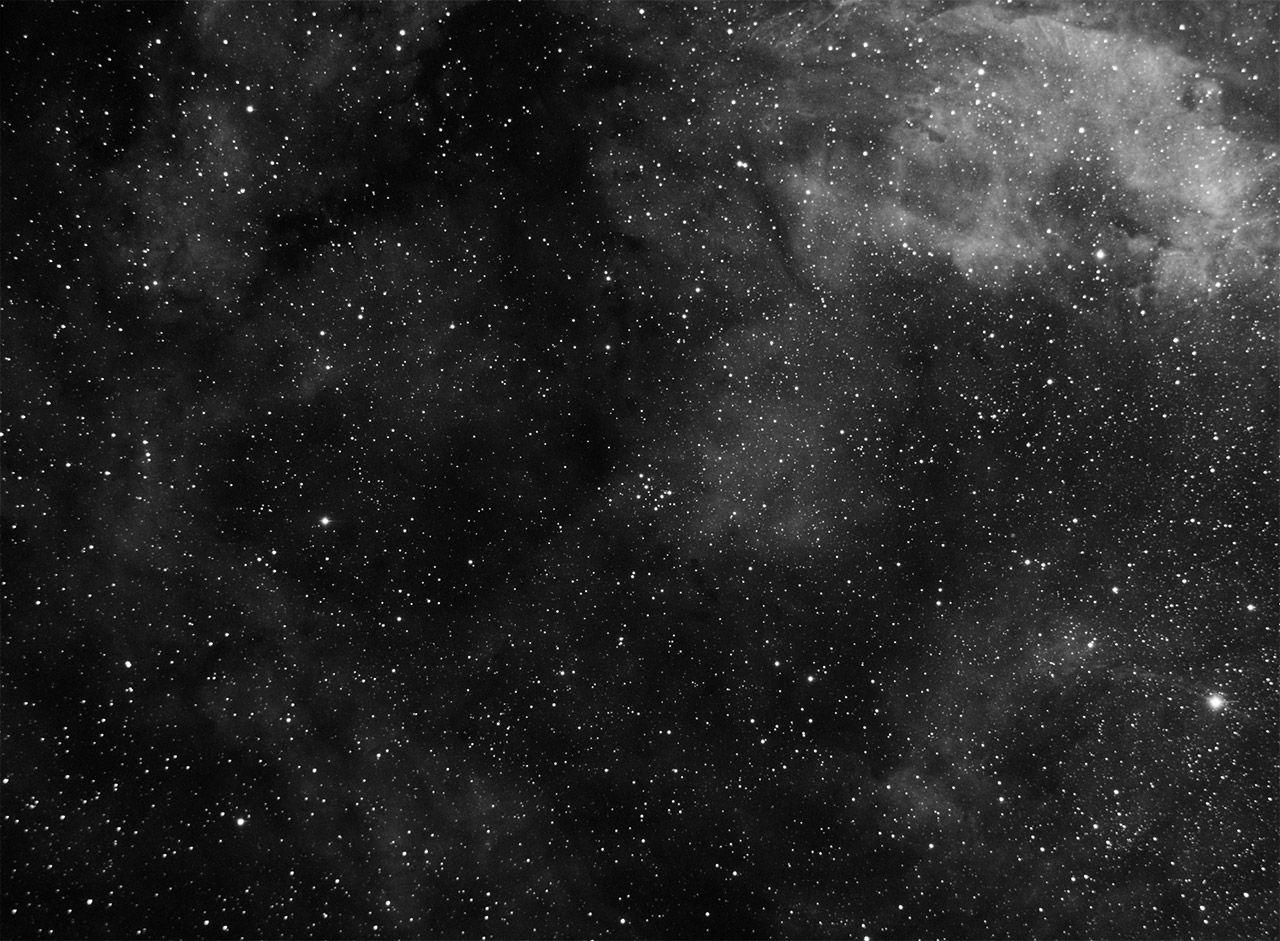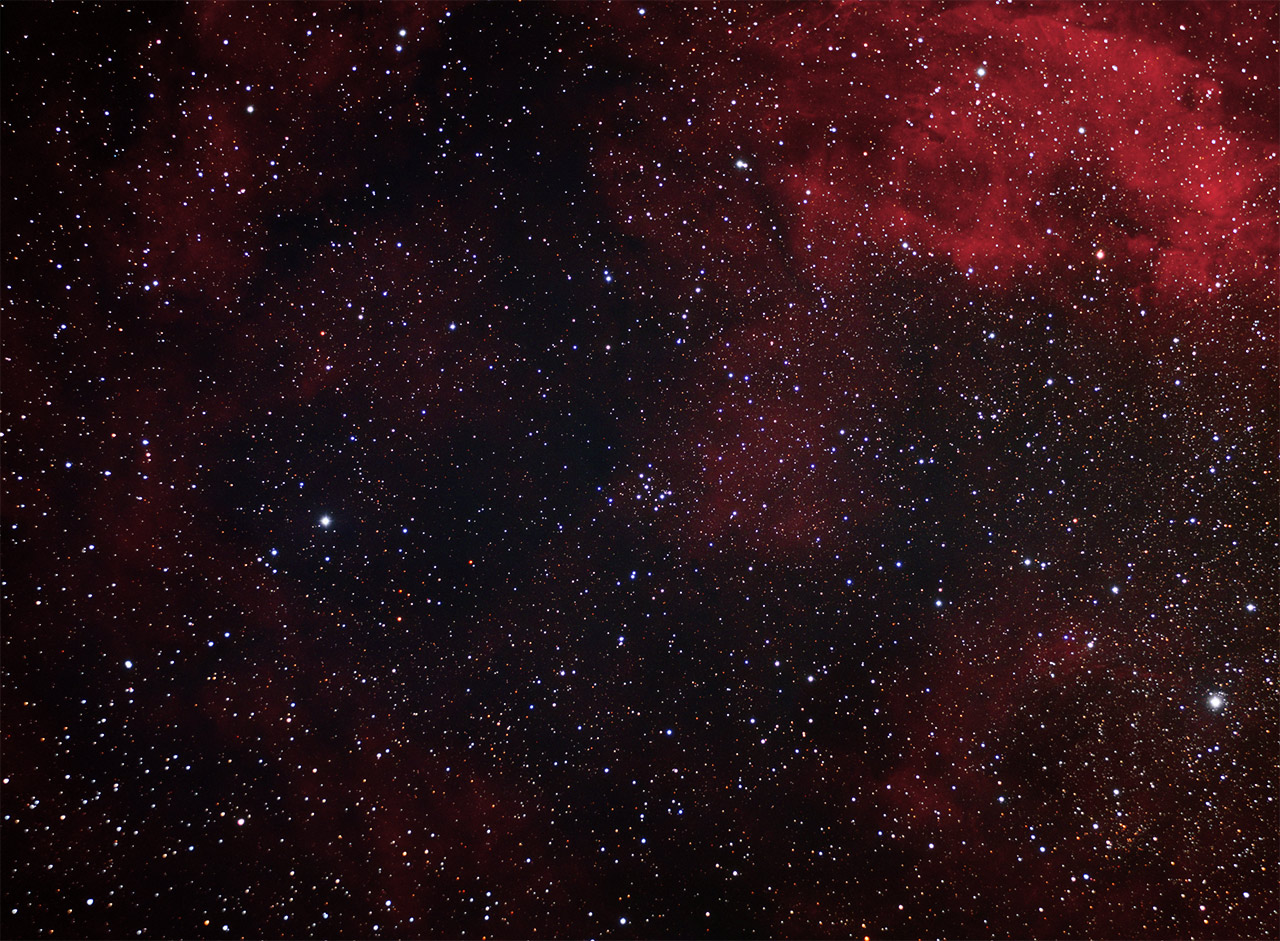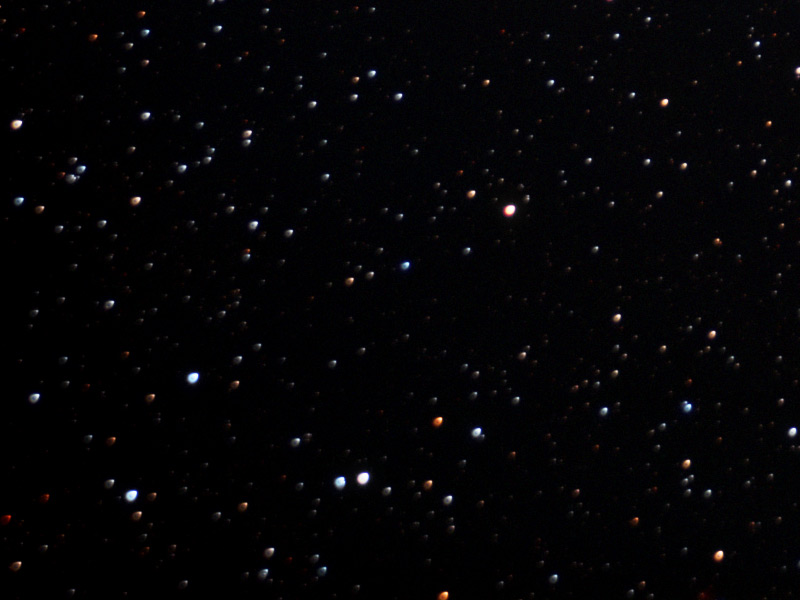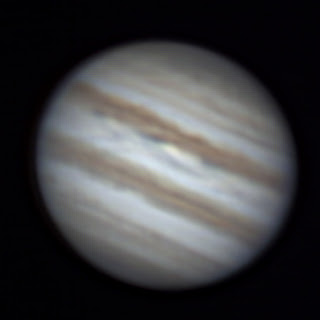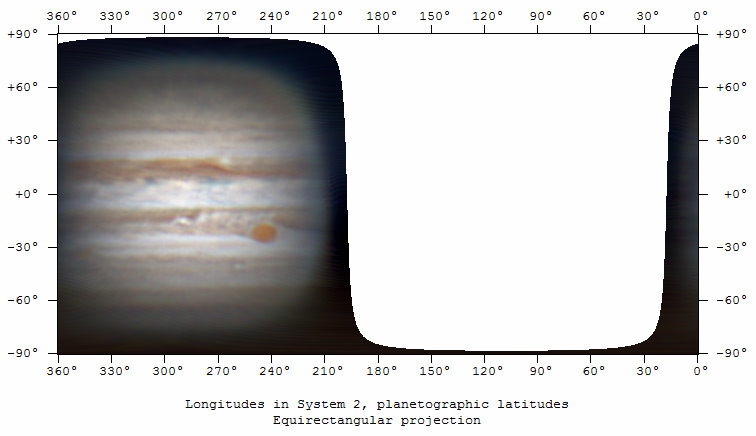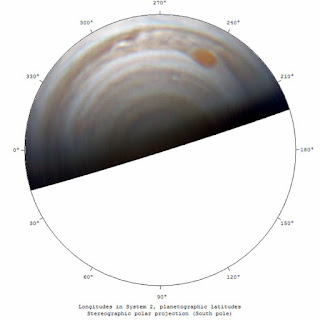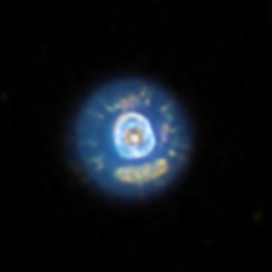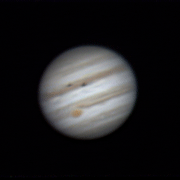Narrow band imaging is a technique astronomers use to demonstrate the spatial distribution of specific ion emission lines in an astronomical object (usually nebula). Rather than using red, green and blue filters (which allow relatively broad wavelengths) to construct an image, astronomers use narrow wavelength filters that isolate emissions due to specific ions. In either case, the digital camera gives a grey scale image (the camera simply counts photons), which is assigned to a specific color in post processing. For traditional RGB images the choice of color assignments is clear. But for narrow band images, the imager may record emissions from very different ions which are the same color (as far as the eye can tell). For example hydrogen Ha, nitrogen NII, and sulfur SII are all red. If one were to create an image from these filters assigning each to red, the image would convey no information about the distribution of the individual emissions—the data would be lost. The alternative is to assign several of the emission lines to completely different colors in order to maximize color contrast, making the image more informative re: ion distributions. The classic “Hubble pallet” assigns SII to red, Ha (also red) to green, and OIII (teal) to blue. An alternative pallet, often used used by the Hubble team for planetary nebulae, assigns NII to red, OIII (teal) to green, and Helium (royal blue) to blue. Interestingly the main mission of the Hubble was to image planetary nebulae, but the classic “Hubble pallet” is not used for planetary nebulae.
Here’s a prior post using the classic Hubble pallet. This technique was initially dubbed “false color” imaging by scientists. However there was such a visceral public backlash against “false colors” that astronomers (mindful of funding) now use the term “scientifically assigned colors”, a wonderful euphemism.
On coming up with a more meaningful 3 color pallet:
In a
previous post on the clown nebula, I discussed the relative contributions of Ha and NII emissions to the image, but used a relatively traditional pallet for the image, assigning NII to red and OIII to teal (the “true colors”). I subsequently came up with a more meaningful 3 color pallet in order to illustrate the differential Ha and NII emissions (both red): I assigned NII to red, Ha to green, and OIII to blue, then balanced the NII and OIII on the "smile", making it orange. The net effect was a variation in the color of the NII globules depending on the ratio of NII to Ha with red having more NII, and green more Ha relative to the "smile". Also note the blue (OIII) section just above the central star, and red NII outer rim of the "nose" upper left.
In more quantitative terms, for the linear images I measured about 200 adu NII in the smile and 700 adu with the 5 nm Ha (Ha+NII), which implies 500 adu Ha, so more Ha signal than NII. Over all, I find the NII provides more contrast and, arguably, a more interesting image.
Imaging details in
previous post.
It also reminds me of jelly beans

